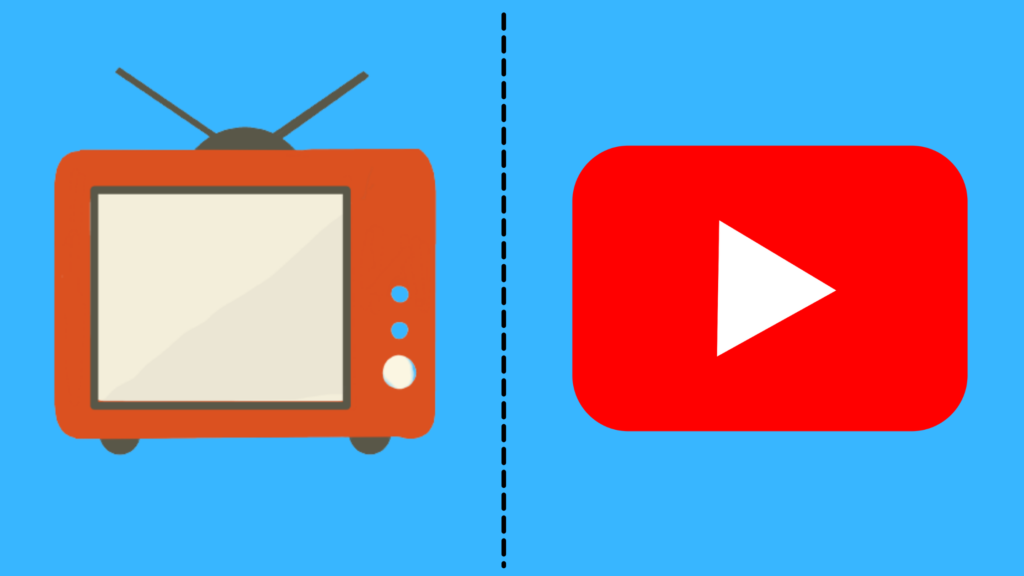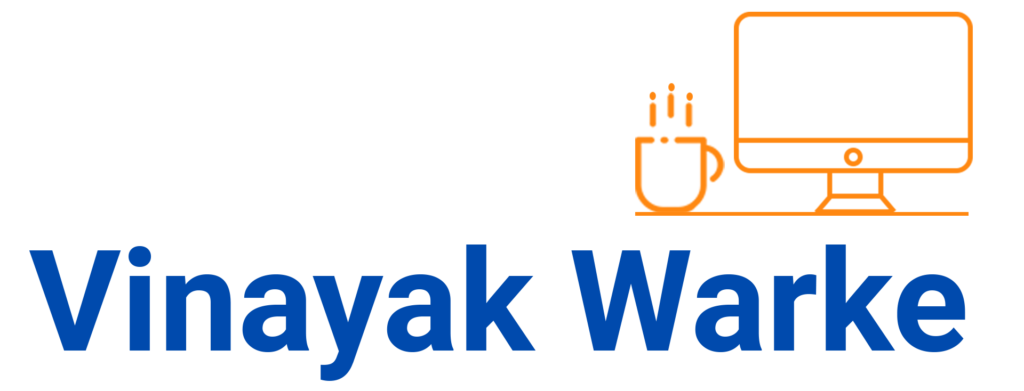In this blog, you will discover the various aspects of traditional marketing vs digital marketing. This will help you understand each one of them and which one to use when.
Here is a list of topics covered in this article:
- Introduction
- What is traditional marketing?
- What is digital marketing?
- 10 differences between traditional marketing & digital marketing
- Pros & Cons of traditional marketing
- Pros & Cons of digital marketing
- Traditional marketing or Digital marketing?
- Conclusion
Introduction
The marketing world has seen a tremendous transformation over the last two decades or so. Marketing has firmly shifted from traditional marketing which was the dominant way of marketing during the 20th century, to digital marketing in the 21st century.
With the rapid advancement of technology and the internet, and deep penetration of devices such as personal computers, and mobile smartphones, digital marketing is the new dominant way of marketing.
In the 21st century, the business world has witnessed many startups in the consumer internet space. With the penetration of the internet and devices such as laptops, tablets & smartphones, many new business ideas took shape.
At the same time, many traditional businesses also shifted to the internet. Today we are witnessing that a large proportion of customer transactions happens online.
Digital marketing, therefore, becomes a natural path for today’s modern business world.
While some businesses continue to rely on traditional marketing, some use a hybrid approach of using a mix of traditional and digital marketing.
And then, there are many businesses, which rely solely on digital marketing to generate awareness, acquire customers and meet their marketing goals.
In this blog post, I have attempted to compare traditional & digital marketing, the advantages of each, the differences between the two, and the relevance of each.
This article is not an attempt to pitch the two against each other and come out with a winner.
Once we understand the merits & demerits and the nuances of each, business owners and marketers can make informed decisions to choose the form of marketing that is most suitable for their business and that ultimately brings results in achieving the marketing goals.
After all, the fundamental principles of marketing remain the same. Traditional or digital marketing is just the means of applying those marketing principles to achieve the business objectives.
What is Traditional Marketing?

Traditional marketing is the marketing of products and services using offline channels of communication such as TV ads, newspaper & magazine ads, radio ads, billboards, posters & flyers, direct mailers, telemarketing, and SMS marketing.
Any marketing channel that does not use the internet, falls under traditional marketing.
Traditional marketing has been the dominant way of marketing in the large part of the 20th century when there was no internet.
Since it has been tried and tested over years, it is still popular and used by many businesses.
Amongst traditional marketing channels, TV is one of the most popular ones. India has 892 million TV viewers as of 2020 (source: BARC), which is 66% of its entire population. The average time spent by each viewer on TV is 4 hours per day (source: BARC)
What is Digital Marketing?
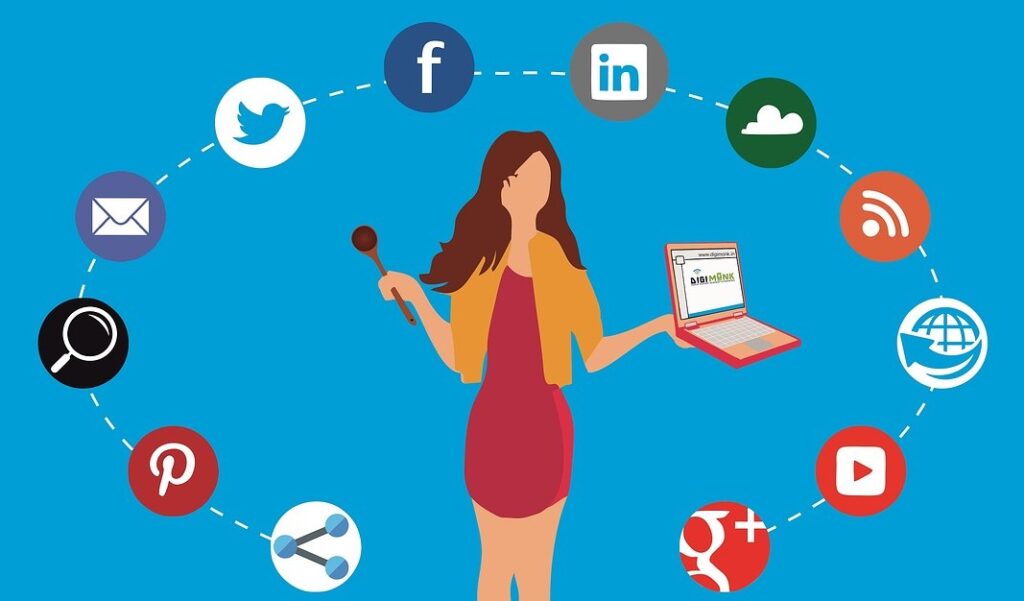
Digital marketing is the marketing of products and services using online channels of communication such as email, search engine marketing, search engine optimization, display ads, websites, social media marketing, and affiliate marketing.
Any marketing channel that uses the internet, falls under digital marketing.
Digital marketing has gained immense popularity in the 21st century and is now a widely used and more popular way of marketing for many businesses.
With the penetration of the internet and devices such as personal computers, tablets & smartphones, digital marketing has turned out to be the preferred way of marketing.
India has 825 million internet users as of March 2021 (source: TRAI), which is 61% of its entire population. The average time spent by each user on the internet is 3.4 hours per day (source: Ericsson ConsumerLab)
There has also been a rise in consumer internet businesses, and digital marketing is a natural choice for them to reach out to their customers.
Traditional Marketing vs Digital Marketing – 10 differences
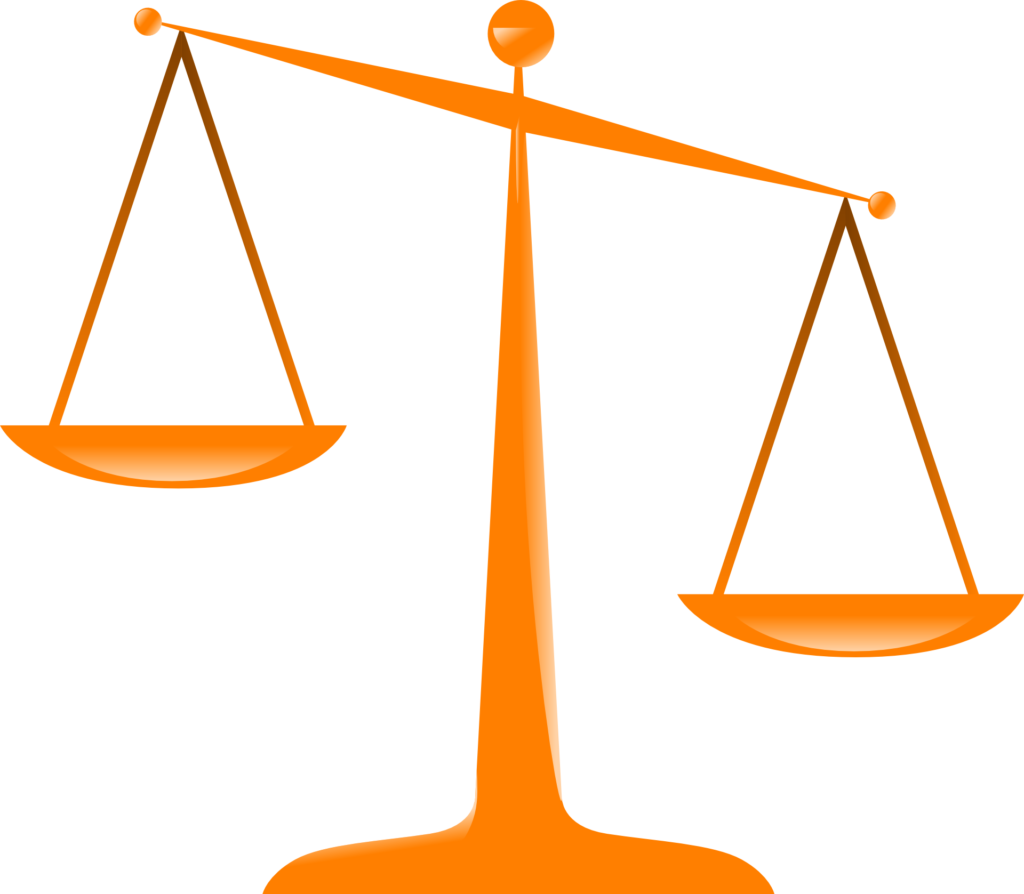
Let’s look at some key differences between traditional & digital marketing and how these differences can impact marketing.
1. Marketing channels
The fundamental difference is in the channels used in each type of marketing.
Traditional marketing uses offline marketing channels such as TV, Print, radio, billboard, others.
Digital marketing uses online marketing channels such as website, email, search engine marketing, social media, others.
2. Customer interaction
Traditional marketing is a one-way form of communication, in which the target customer cannot communicate back with the business.
For example, when you see a TV advertisement or an ad in newspaper, you cannot communicate back with the brand on the same medium.
On the other hand, digital marketing is a two-way form of communication, in which it’s easy for the target customer to respond in some way to the communication.
Rather, communication back from the target audience is encouraged and desired in digital marketing, as it’s seen as a form of engagement with your customers.
For example, a target audience can put a comment on a social media post and even share the same with others.
3. Expense
Traditional marketing is an expensive form of marketing and is scale-driven. Traditional marketing is mostly used in bursts and is not sustainable over longer durations.
Digital marketing is relatively a less expensive form of marketing and can run at a lower scale. Thereby, enabling it to run in a sustainable and continuous manner.
4. Tracking & ROI measurement
It is challenging to calculate the exact ROI (return on investment) in traditional marketing. The reason is that it is challenging to establish an accurate and direct correlation between marketing and sales.
For example, when you are running a traditional marketing campaign using a combination of TV ads, print ads, radio ads, and billboards, it is impossible to correlate and attribute the uplift in sales directly with any of these communication channels.
In digital marketing, you can calculate the exact ROI for every digital channel. This is because the target audience response in terms of clicks, leads, and conversion to sales can be easily tracked and measured at every stage.
Even when multiple digital channels are being used simultaneously, due to the digital nature and existence of tools/ software, it is possible to measure the response for each channel.
5. Targeting accuracy
In traditional marketing, audience targeting is at a broad level and with less accuracy.
For example, a TV ad campaign uses some basic demographic, geographic & lifestyle variables for targeting, and this too is not very accurately executed.
In digital marketing, audience targeting is fairly accurate and narrow, thereby increasing the efficiency and effectiveness of marketing campaigns.
For example, in Facebook Ads, one can choose their target audience based on several combinations of demographic, geographical, and interest-based variables to narrow down to the exact target audience.
6. Creative changes
In traditional marketing, it is difficult to change or modify the ad creative after the ad campaign is released.
For example, once a TV ad is released, you cannot modify the ad based on audience response.
In digital marketing, the nature of the medium permits to easily modify or change the ad creative quickly, depending on the audience response.
For example a Facebook Ads campaign can have several ad creatives that can be easily tweaked based on the response they are getting from the audiences.
7. Customised Communication
In traditional marketing, the communication and the ad creative are standard and the same for the entire target audience.
In digital marketing, one can easily customize & personalize the communication and ad creative to suit the narrow target audience segments.
8. Reach
In traditional marketing, it is challenging to reach a global audience. The reach of the marketing campaign is limited by geographical boundaries.
For example, a print ad in a newspaper can only reach the city/ cities in which that newspaper is in circulation.
In digital marketing, the internet makes it very easy to reach a global target audience. The internet by nature is accessible around the globe and without any geographical boundaries.
For example, your website content, social media posts reach global audiences.
One can easily choose global audiences for targeting their Facebook Ads. This helps businesses, particularly consumer internet businesses, in marketing to a global audience, using digital marketing channels.
9. Response speed
In traditional marketing, the response from the target audience has a time lag, as the nature of the medium doesn’t allow a quick response.
In digital marketing, the digital nature of the medium allows getting an instant response from the target audience in the form of clicks, leads, and even sales.
10. Tracking customer journey
In traditional marketing, it is almost impossible to track the customer journey across the marketing funnel.
In digital marketing, one can easily track the customer journey across the marketing funnel, right from attention to clicks to visits to leads to conversion, and further to repeat purchase.
Pros & Cons of Traditional Marketing
Pros of traditional marketing

Mass reach
Traditional marketing offers a mass reach. Traditional channels such as TV, newspapers, & radio are broadcast channels and reach a wider audience.
There are areas in India where the internet is not yet available. However traditional channels like TV, radio & newspapers have a good reach in these areas.
Long lasting
Some traditional marketing channels such as newspaper ads, magazine ads, flyers, direct mailers, and SMS stay with the target audience physically for a long time and can be referred to again if needed.
As such, they are long-lasting with higher shelf life.
High impact
Traditional marketing communication has a higher impact on the target audience due to its visual and audio-visual nature and size.
For example, a full-page newspaper ad, or a large billboard, or a memorable radio jingle gets noticed easily and also stays in the memory of the audience for a longer period.
Cons of traditional marketing
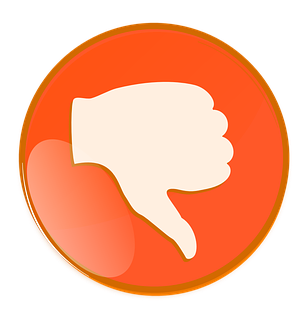
Targeting spillover
Since the targeting is broad and less accurate, there is a spillover of marketing communication to audiences that are not supposed to be targeted.
For example, a TV ad aimed at targeting males between 25-44 years age group will also be watched by female audiences, and by kids.
Expensive
Traditional marketing is generally more expensive due to its mass and sometimes physical nature.
The cost is also high due to limited ad inventory and more advertisers wanting to use the same.
Tracking challenges
With traditional marketing channels, one cannot track the performance of each channel or campaign in an in-depth manner. Due to this, one cannot assess the performance and take corrective measures.
ROI
It is difficult to measure the accurate ROI in traditional marketing. Also, due to the high costs and nature of the medium, traditional marketing gives a lower ROI compared to digital marketing.
Non-personalized communication
In traditional marketing, communication and ad creative is standard for the entire target audience and cannot be personalized depending on individual preferences.
Pros & Cons of Digital Marketing
Pros of digital marketing

Customer interaction
Digital marketing allows a two-way interaction with the customers; this results in greater customer engagement between brands and their customers.
Accurate targeting
Digital marketing campaigns can be targeted quite accurately, thereby minimizing the spillover and making it more cost-effective.
Cost-effective
Digital marketing is less expensive and does not need a commitment of huge spend budgets. It can be implemented with a smaller budget and then scaled up, depending on the results.
This makes it a cost-effective marketing option even for smaller businesses.
Easy tracking
The responses from target audiences can be easily tracked and measured at every step, thereby allowing the marketer to take corrective actions and make necessary tweaks.
This enhances the overall marketing performance.
ROI
Digital marketing gives a better return on investment since it is less costly, more targeted, and allows flexibility to make changes in the campaign based on the customer response.
Personalization
With digital marketing, it is easy to personalize the marketing communication to appeal to the concerned target customer.
This results in getting a higher response to the communication, thereby making it more effective.
Level playing
Digital marketing doesn’t need large spends, it can be done with smaller budgets and at a scale that suits the marketer’s pockets.
This creates a level playing field wherein even small businesses can compete and gain market share using digital marketing.
Global reach
With digital marketing, one can easily reach global audiences at the same cost as reaching local audiences.
This is a boon for businesses that sell products that are relevant to both global and local customers. For example, SAAS products, online training products, and others.
Quick conversions
The digital nature of the communication allows a target customer to take quick action and convert immediately with a few clicks.
For example, if someone searches for a mobile phone and sees an ad from an online store that is giving a great offer on mobile phones, then the purchase can be completed with a few clicks by the customer.
Cons of digital marketing
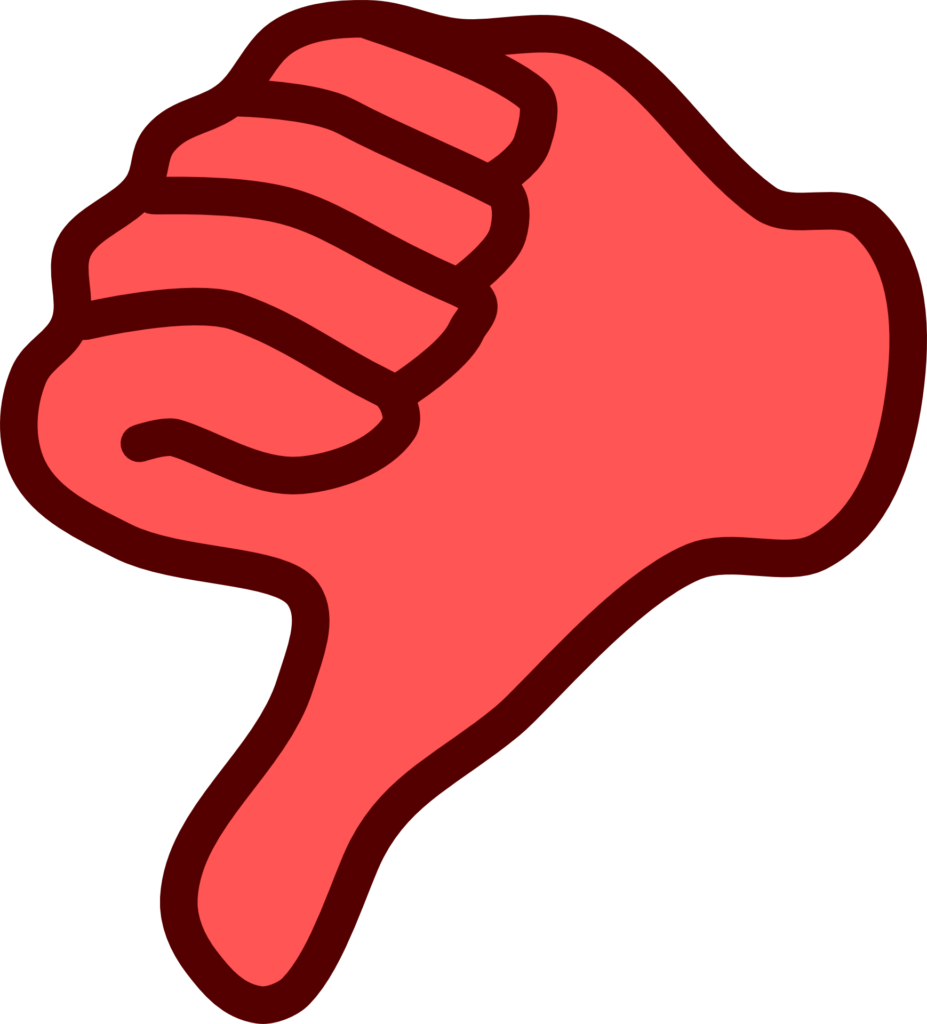
Intrusive
At times digital marketing can be intrusive, with a sudden & unexpected interruption in the customer’s online activity.
For example, a user is surfing a webpage for some information and suddenly a pop-up ad blocks the content. This causes interruption and can potentially irritate the user.
Cluttered space
The internet is extremely cluttered with a lot of promotional messages, and digital ads trying to catch the user attention.
At times it can be overwhelming for a user to be exposed to so many ads and marketing messages, particularly when you are surfing the internet on smaller screens of your mobile phone, tablet or even a laptop.
This means that users can easily ignore your marketing communication.
Competitive
Digital space is extremely competitive with thousands of brands vying for getting customer attention.
This makes it extremely challenging for your communication to stand out from the rest and capture and hold the user’s attention.
Less long-lasting
The non-physical nature of digital marketing makes its impact a little less long-lasting.
The effect is momentary when the communication catches user attention. Once the user’s attention diverts, then the chances are that the user will forget about your message.
Every-changing nature
Digital marketing is very dynamic due to ever-changing and evolving technology. New tools and techniques are introduced at a fast pace.
This means that businesses relying on digital marketing have to keep updated constantly, and relook at their strategies time & again.
Traditional marketing or Digital marketing?
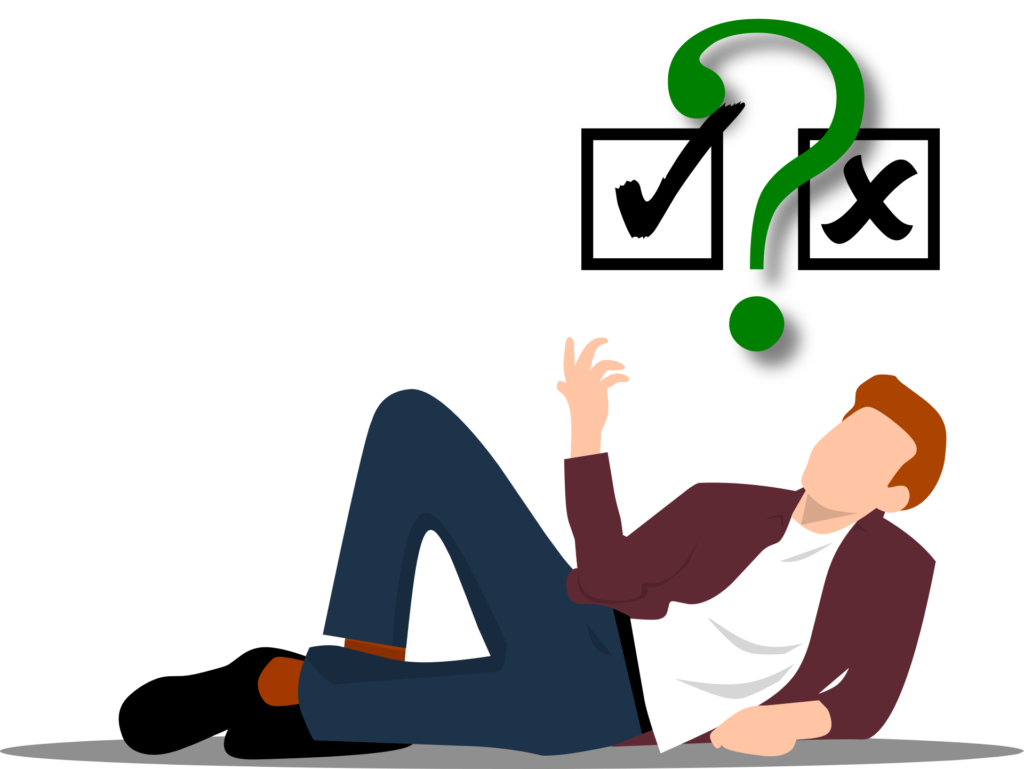
By now you may have a fair understanding of both traditional & digital marketing, the differences, and their advantages/ disadvantages.
This will help you to make an informed decision on which of the two may work better for a particular business. Mind you, there is no exact answer to choosing between traditional & digital marketing.
The decision between traditional vs digital marketing depends on a lot of factors such as the nature of your business, your product/ service, stage of your business, your target customers, marketing objectives, and your marketing spend budget.
The recent trend is that while many businesses rely entirely on digital marketing, there are some who use a mix of both, while there are few who still rely heavily on traditional marketing.
Having said that, there is no hard & fast rule to decide between the two, with both having their merits and demerits as seen above.
Businesses should have a flexible approach to their marketing strategy. Ultimately what matters most to a business is to achieve its marketing goals, and choose the best strategy that leads you there!
When to use traditional marketing?
Nature of business
If a business is traditional in nature and sells products that are of mass use, then traditional marketing would be preferred.
For example, an FMCG company that sells soaps & shampoos will rely on traditional marketing to reach out to their mass customers.
Type of product/ service
Businesses that sell mass products such as consumer durables, packaged foods, offline retail, life insurance, others use traditional marketing to reach out to its mass customers.
Target audience
When a business targets an older audience, who consume a lot of traditional media such as TV, newspapers/ magazines, and radio, then again traditional marketing is a natural choice.
Marketing budget
When companies have deep pockets or simply put, large marketing budgets, then they can choose traditional media for a higher reach at a faster pace.
Traditional media is expensive and hence the marketing budget plays a role.
Marketing objective
If the marketing objective is to increase brand awareness amongst the mass target audience, then again traditional marketing using TV ads, print ads, radio ads, billboards, etc. works better.
When to use digital marketing?
Nature of business
If a business is a modern-day consumer internet business such as an e-commerce store, online education, online fitness, online grocery, online food ordering & delivery, and more, then digital marketing is a natural choice.
Such businesses target customers who shop online.
Type of product/ service
For businesses that sell digital products such as online courses, digital tools, online entertainment platforms, and others, again digital marketing is a preferred way to attract customers.
Target audience
The younger audience spends a significant amount of time on the internet, consuming content, actively socializing, and even shopping.
So when a business’s target audience is the young-aged segment, then digital marketing is preferred.
Marketing budget
Businesses with limited marketing budgets opt for digital marketing, due to its cost-effective nature.
Digital marketing can be implemented with smaller spends, and then gradually scaled up as the business grows and starts having more cash to spend.
For example, startup companies have low marketing budgets at the early stages of funding, and they use digital marketing to grow their business.
Marketing objective
If the marketing objective is to generate leads and acquire customers at a lower cost, then digital marketing is the way to go.
For marketing that is performance-oriented and data-driven, digital marketing is the way.
When to use a mix of digital & traditional marketing?
As mentioned earlier, there are no hard and fast boundaries between choosing between traditional & digital marketing.
Many businesses follow a flexible approach and choose the best of both, for achieving their marketing goals.
For example, traditional businesses that sell mass products are using social media marketing to engage with their customers and strengthen their brands.
Similarly, when an online business, say an online education business grows, it uses traditional marketing such as TV ads to build mass brand awareness and reach out to wider audiences.
For many large-scale marketing campaigns, a mix of both traditional and digital marketing is used to maximize the campaign reach and amplify its impact.
For example, for the Diwali festival sale marketing campaign by large e-commerce players in India such as Amazon, Flipkart or PayTM – they go heavy on using both traditional and digital marketing channels for their marketing campaign.
Conclusion

I am hoping that this blog post has given you a deeper understanding of traditional marketing and digital marketing, the differences between the two, and the merits & demerits of each.
You may have also got an idea of why & when to choose which one, and ultimately how to use them to achieve the marketing goals.
As I had said at the beginning, this article was not about giving a verdict on which one is better, but bringing out the nuances of each so that you can make an informed decision.
Having said that, the trends over the last few years and the near future indicate that digital marketing is increasingly the preferred choice for most businesses.
It’s almost mandatory now since the majority of the world spends a considerable amount of time on the internet.
In fact, the younger population consumes the internet for almost all their needs such as shopping, social networking, education, and entertainment. As this younger population grows, businesses need to have a strong digital presence and reach out to them using digital marketing channels.
Besides, marketing will become increasingly data & intelligence-driven, measured, engagement-driven, personalized, and ROI-driven in the future. The further advancement of technology and the internet is going to only accelerate this.
Businesses have no choice but to adapt to this and digital marketing is certainly the way forward.
I would deeply appreciate any feedback, comments, and questions from your end regarding this article or in general about marketing.
So please feel free to write to me in the comments section below, and I will respond to you.
Till the next article!

